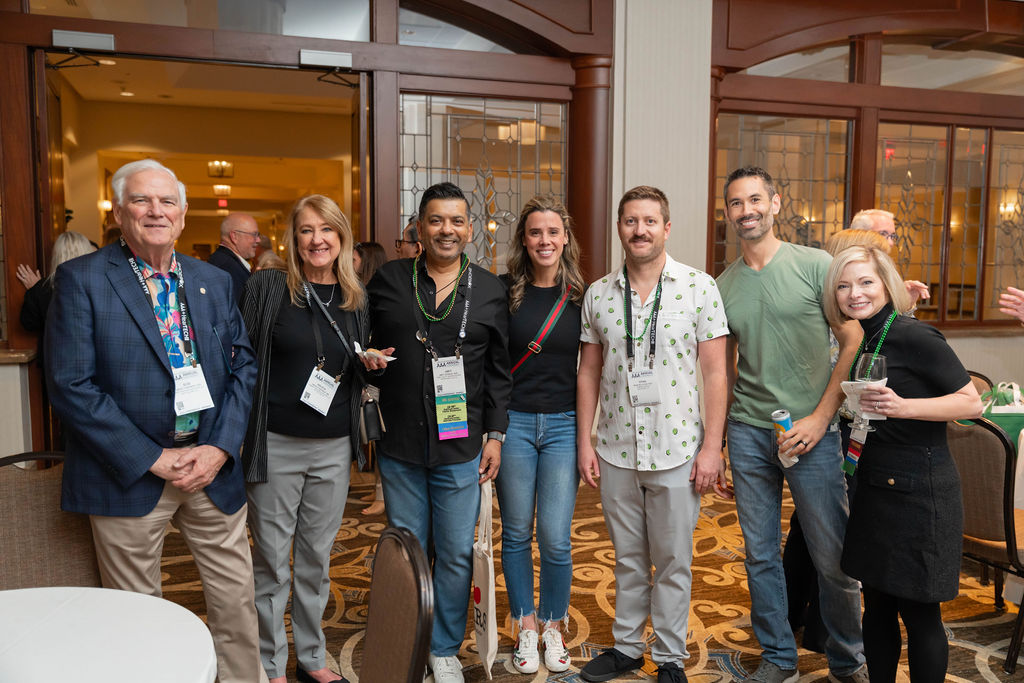A new study published reveals the prevalence of bilateral hearing loss in the United States by severity, age, state, county, sex, ethnicity, and residency. Regarding residency, specifically, the authors suggest their model demonstrated a higher rate of hearing loss in rural versus urban areas, likely due to noise exposure from outdoor work and recreation such as forestry, all-terrain vehicles, and recreational firearms, but concluded more research was necessary.
In addition, this landmark study includes occupations most associated with hearing loss. Estimates include that 38 million Americans experience bilateral hearing loss and that the prevalence was nearly 12 percent of the population.
Some of the most startling findings include that greater than one in nine have some form of bilateral hearing loss. The rate increases to one in seven for people older than 35, and to one in 1.4 for individuals older than the age of 75.
Study methodology included small area estimation models of mild and moderate (or worse) bilateral hearing loss using data from more than six surveys from 2019.
As audiologists, we know the serious consequences of untreated hearing loss–its effects on speech, language, stress, work, social problems, falls, and dementia–to name only a few. Hopefully, these results will bring to light the importance of hearing health care as a national concern. We can use these new data to target hearing loss prevention, identification, and treatment for those persons and areas with the highest rates of hearing loss.
References
The Hearing Review (2024) New study maps hearing loss across the United States (accessed February 3, 2024).
Rein DB, Franco C, Reed NS, Herring-Nathan ER, Lamuda PA, Alfaro Hudak KM, Hu W, Hartzman AJ, White KR, Wittenborn JS. (2024) The prevalence of bilateral hearing loss in the United States in 2019: a small area estimation modelling approach for obtaining national, state, and county level estimates by demographic subgroup. The Lancet Regional Health Americas (accessed February, 1, 2024).
Sound Check. (2024) Mapping hearing loss in the US (accessed February 3, 2024).
Recent Posts
Turn Insight Into Action! Attend Learning Labs at AAA 2026
Ready to take your professional development to the next level? At AAA 2026, Learning Labs are your chance to go beyond lectures and dive into…
Your Support Makes the Difference—Let’s Finish the Year Strong
As we wrap up the year, I want to thank you for your generosity supporting the AAA Foundation’s work. The enclosed report highlights what you…
Audiology Faces New Challenges Under Draft Federal Loan Rule: What Comes Next
Member Action Needed Soon! The U.S. Department of Education’s Advisory Committee has reached consensus on proposed regulations implementing the higher education provisions of the One…


